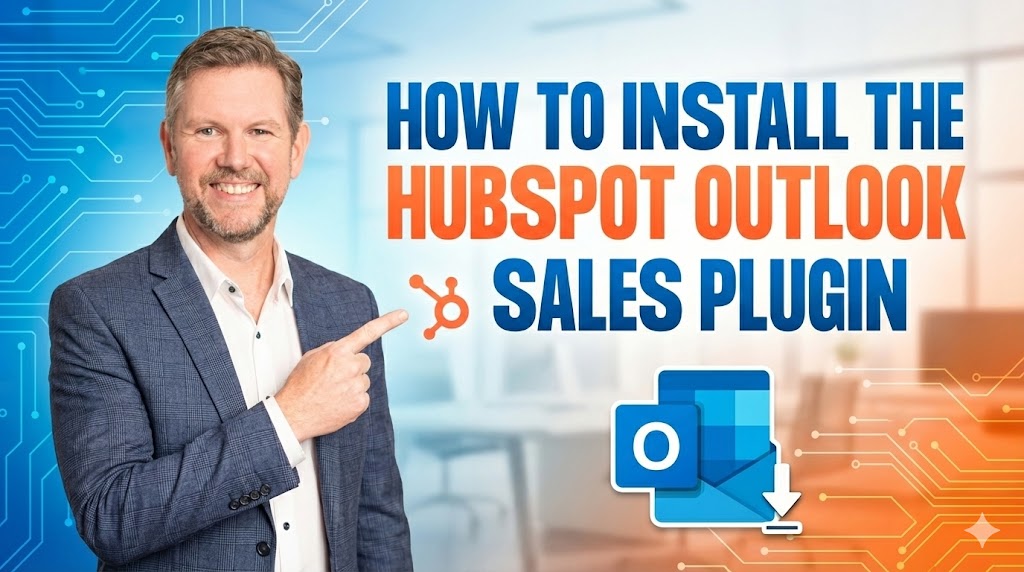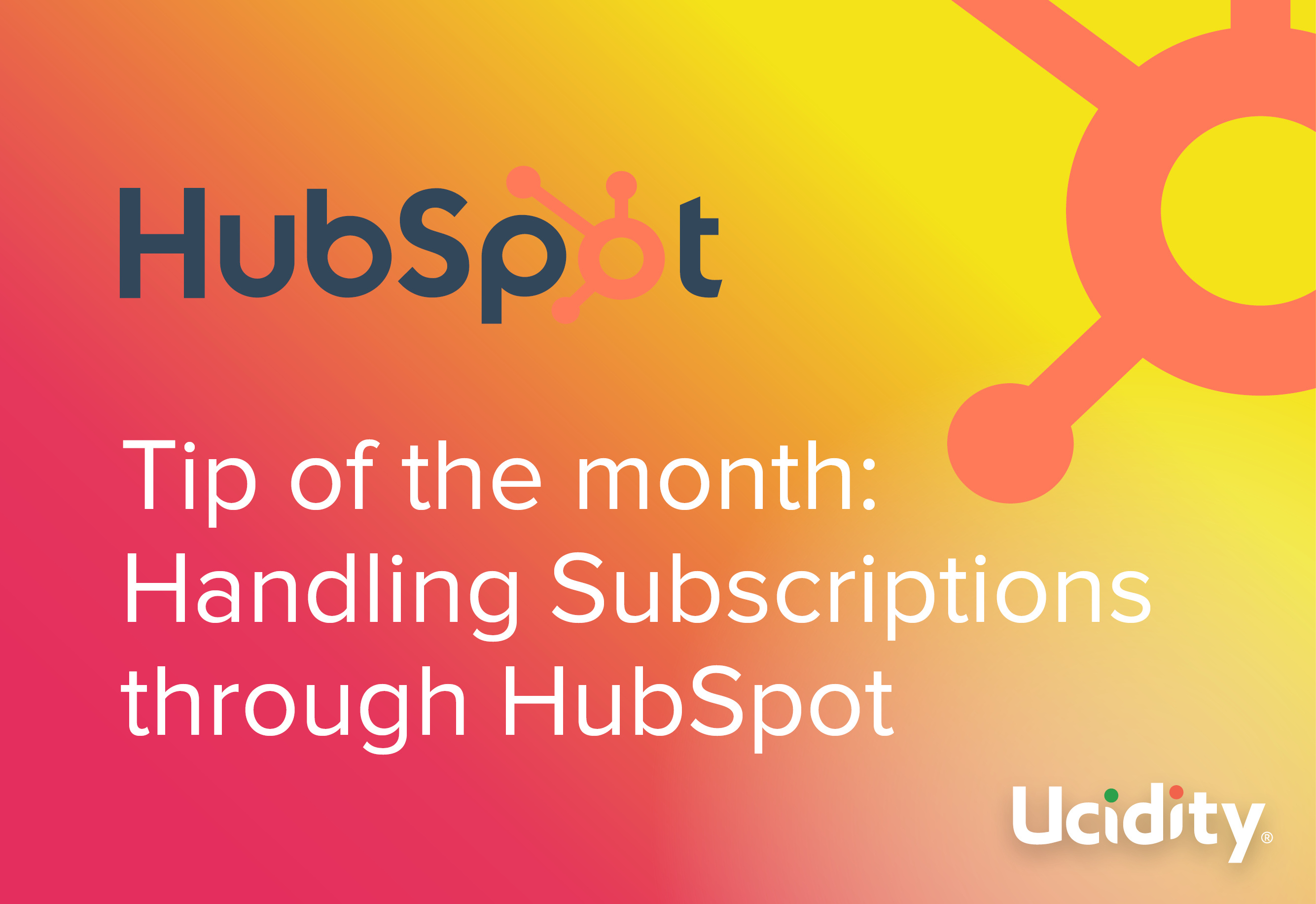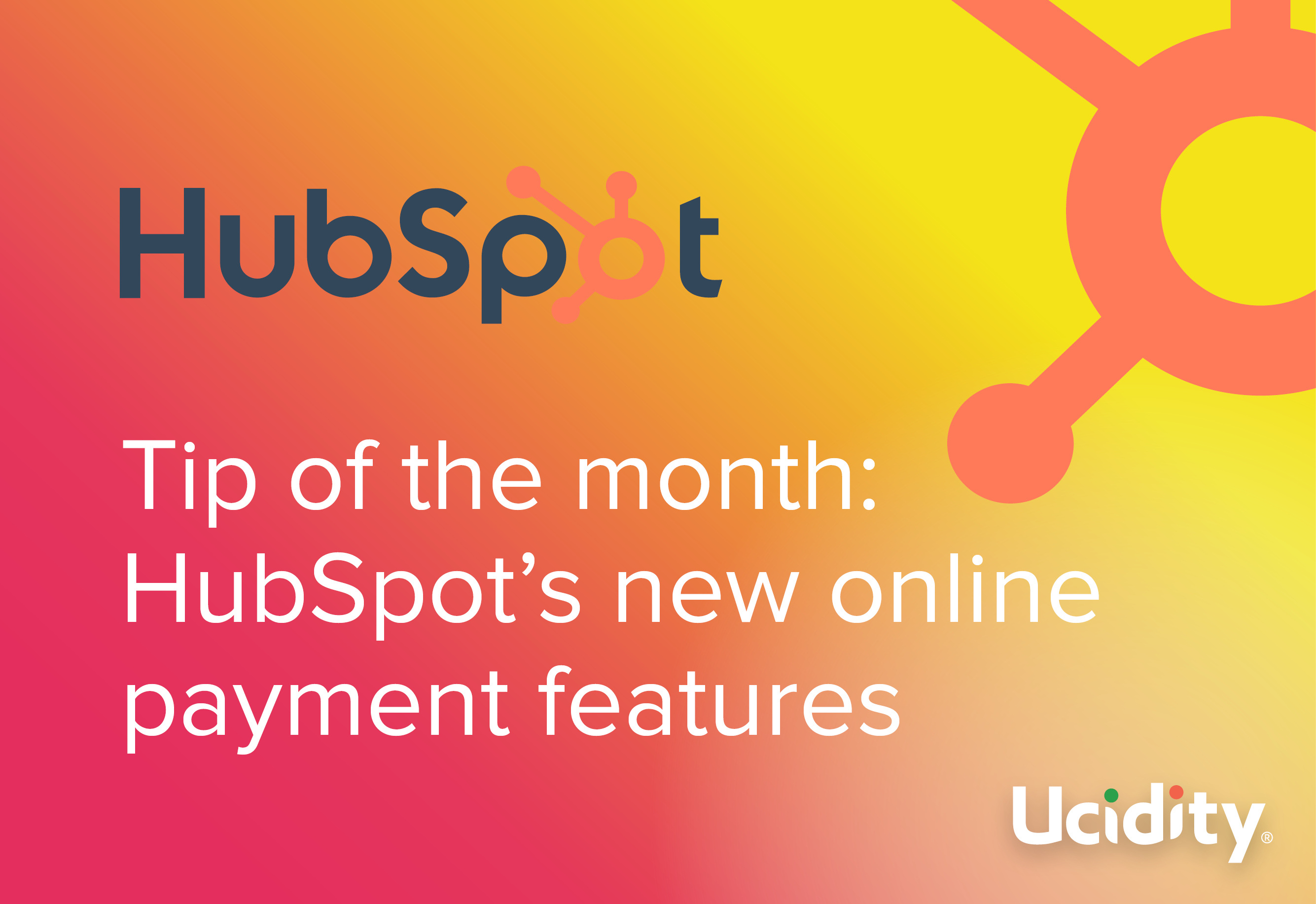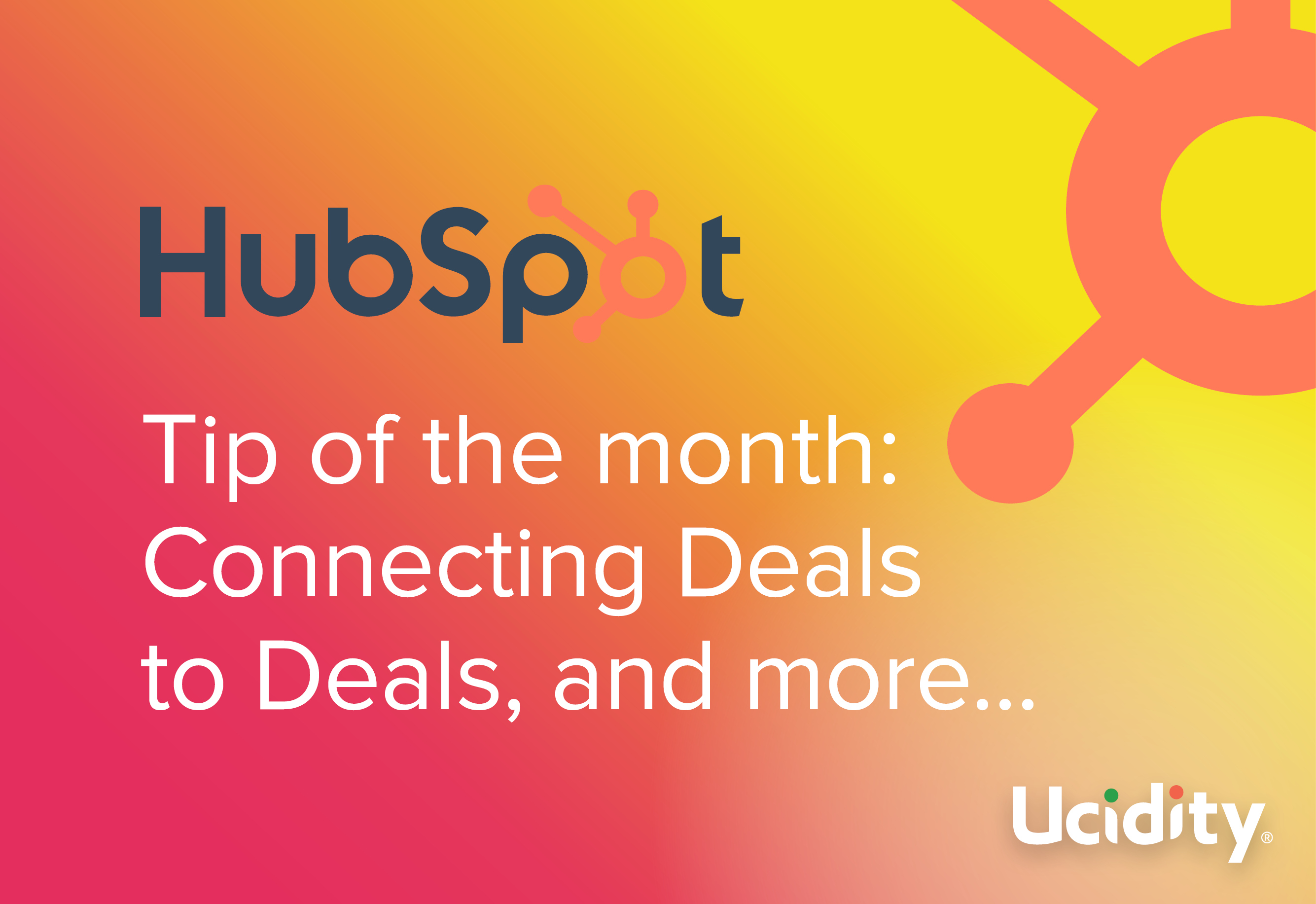
6 min read
Hello! If you’ve ever wondered whether HubSpot is expensive or affordable, you’re not alone. It’s a powerful platform, and its pricing can seem complex at first glance. However, by understanding how the pricing structure works, you can often dispel common myths and find a cost-effective solution that fits your business.
We're going to dive into the pricing page, break down the costs, and show you how to configure a setup that could be as affordable as a few hours of billable work per month.
The Foundation: HubSpot's Hubs and the Free CRM
The first thing to understand is that HubSpot is structured around different Hubs, each dedicated to a specific business function.
At the very core is the CRM Hub (Customer Relationship Management). This is your central nervous system, where you store all of your people—what HubSpot calls contacts and companies. This includes all the essential details: phone numbers, addresses, email addresses, and notes. Crucially, the foundational CRM is completely free.
The main paid Hubs we typically work with are:
- Marketing Hub: This is your engine for lead generation and nurturing. It covers website usage tracking, lead generation tools, landing page creation, paid marketing tracking, and sending newsletters.
- Sales Hub: This focuses on moving prospects through your pipeline. Functionality includes tracking a sales opportunity through a sales funnel and sending automated follow-up emails after events, like a networking event.
- Other Hubs: HubSpot also offers Service Hub (for customer support), Content Hub (for CMS and content management), Data Hub, and Commerce Hub, all of which can be bundled. For simplicity, we'll focus on Marketing and Sales, as they are what people primarily work with.
For anyone just starting out, the free version is a great way to jump in and get your feet wet. You can build a full, functional system using the free tools, including landing pages, taking recurring payments, and generating quotes.
Step 1: The Affordable Starter Tier
The next step up from the free version is the first paid tier: the Starter version of HubSpot.
The main motivation for the jump from Free to Starter is the removal of HubSpot branding. When you send a newsletter or use a form on the free version, it will have a "Generated with HubSpot" logo at the bottom. The Starter version removes this logo, instantly providing a more professional look.
Key Starter Features and Pricing
The Starter Hubs are designed to give small teams and growing businesses affordable access to essential features:
- Marketing Hub Starter: Starts at about $15–$20 per month and includes the first 1,000 marketing contacts.
- Sales Hub Starter: Starts at about $15–$20 per month per user (or "seat"). This is a great foundation point for any sales team.
A major feature unlocked by the Starter tier is the ability to have multiple pipelines in your HubSpot portal, a significant upgrade over the single pipeline in the free version.
Multiple Pipeline Utility
Pipelines in HubSpot are visual stages that track progress. With multiple pipelines, you can segment your processes:
- Main Sales Pipeline: To track all your new sales opportunities.
- Delivery Pipeline: To track the main steps of your delivery or service onboarding process.
- Repeating Process/Renewal Pipeline: To track clients on retainers or subscriptions. For example, a deal in a yearly retainer pipeline can be set to trigger an email to yourself or the client at the 10-month mark to prompt a renewal discussion, ensuring you know if they are going to renew.
This basic configuration provides a robust system for lead capture, nurturing, sales tracking, and even service delivery, all for a very accessible monthly cost.
Step 2: Scaling with the Professional Tier
For businesses that are doing a lot of active marketing, or have growing sales teams that need more automation, we move up to the Professional tier. This is where the platform moves from a powerful set of tools to a true marketing and sales automation engine.
A common and highly effective setup we see is the Sales Hub Professional combined with the entry-level Marketing Hub Starter.
Sales Hub Professional
The Sales Hub Professional is where your sales automation kicks into high gear.
- Pricing: Sales Hub Professional starts at approximately $100 per month per seat (billed annually). There is typically a one-time onboarding fee of about $1,500.
- Key Features:
- Sequences (Nurturing Automation): This is a key feature. It allows you to automatically send a series of personalized follow-up emails from a salesperson’s email (like Gmail or Outlook) after an initial interaction, such as a networking event. This is more about targeted, person-to-person follow-up compared to bulk marketing.
- Customizable Workflows: Sales Professional unlocks up to 300 customizable workflows for things like lead rotation and task creation.
- Forecasting and Reporting: You gain access to full forecasting tools and in-depth sales analytics.
- Playbooks and eSignatures: Features like sales playbooks and eSignature capabilities further professionalize your sales process.
Marketing Hub Professional
The Marketing Hub Professional tier is a significant step up from Starter, designed for businesses needing comprehensive campaign management.
- Pricing: Marketing Hub Professional starts around $890 per month (billed annually). This base price often includes 2,000 marketing contacts and 3 core seats. Note that this tier also typically requires a one-time onboarding fee of around $3,000.
- Key Feature Differences: The biggest difference is the shift to full automation.
- Full Marketing Automation Workflows: You can build sophisticated "if this, then that" logic. For example: "If a contact is based in Sydney, send them this set of emails. If they are in Melbourne, send that set of emails".
- Full Reporting and Attribution: This tier unlocks full in-depth reports and attribution reporting, showing you exactly how your marketing efforts are supporting sales and driving revenue.
- Content Tools: Features like A/B testing for emails and landing pages, smart content personalization, and full social media management are included.
This setup is ideal for businesses that need a lot of automation, reporting, and tracking.
Understanding Your Total Cost: Contacts and Seats
HubSpot's pricing is determined by three main variables: the Hubs you choose, the tier you subscribe to (Free, Starter, Professional), and the volume of users and contacts.
1. Marketing Contacts
You only pay for Marketing Contacts—those you are actively going to market to via automated emails. All other contacts (like service contacts or cold prospects) are non-marketing contacts and are stored in the CRM for free.
The price is tiered based on volume:
- The Marketing Hub Starter plan typically includes the first 1,000 contacts.
- If your list of marketing contacts grows (say, from 800 to 2,000), you tip into the next tier and pay an extra monthly fee for that additional volume. For example, the cost for additional contacts on the Starter tier can be around $20–$50 per month for every extra 1,000 contacts, depending on your overall volume.
2. Core Seats (Users)
HubSpot uses a seat-based pricing model to determine user access.
- Sales/Service Hub Seats: These are for users who need access to the advanced, role-specific features of the Professional or Enterprise tiers (e.g., creating sales sequences, using playbooks). If you have four people in your sales team who need these tools, you would buy four Sales Seats.
- Core Seats: These are for team members who need full access to the CRM and the ability to interact with data (e.g., searching for contacts, putting in notes, adding phone numbers), but don't need the advanced automation tools of the Professional Hubs.
The ability to use View-Only Seats—which are free—for team members who only need to check status or pull reports helps keep your costs down and ensure you're only paying for active users.
Conclusion
So, is HubSpot expensive? Not necessarily. It can be incredibly affordable if you start with the Free or Starter tiers, giving you the essential tools to track your pipeline, remove HubSpot branding, and begin basic automation, often for less than a cup of coffee per day.
For a growing business, the Professional tiers—especially Sales Hub Professional combined with Marketing Hub Starter—provide the automation and sophisticated reporting needed to scale your business efficiently. The key is building a bundle that includes only the Hubs and features you need right now, paying for only the marketing contacts you use, and leveraging Core Seats for non-sales/marketing staff to control your monthly subscription costs.
We have helped countless clients navigate HubSpot’s pricing and create the perfect configuration to save time, increase automation, and drive sales. Whether you’re interested in the robust, low-cost Starter tier or need a full audit of your business needs to determine the perfect Professional setup, we'd love to have a chat.
Ready to find the perfect HubSpot solution for your business and scale without overpaying?
Click here to book a free, no-obligation pricing consultation!
Published on August 03, 2025




%20-%20Elevate%20Your%20Blog%20Results.jpg)
